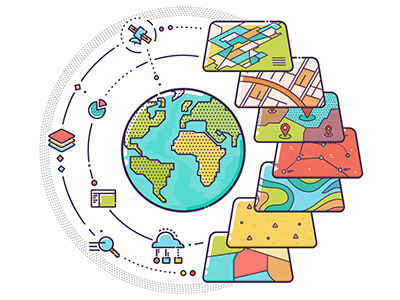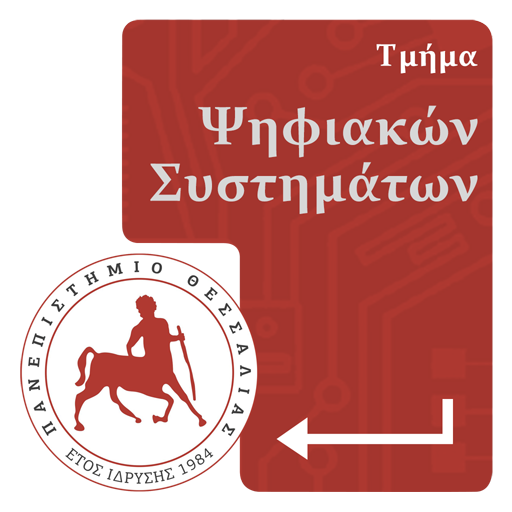Environmental Geoinformatics Applications
Module ID
Ε607
Semester
6
Hours/Week - ECTS
4 – 5

Konstantinos Kokkinos
Assistant Professor
Learning Outcomes
The course introduces students to the use of Geographic Information Systems and Remote Sensing for the rational and effective management of real spatial/environmental problems. Indicative areas are:
- environmental design,
- spatial and regional planning,
- transport,
- the location of economic units and units of social benefit,
- but also any sector with a geographical component.
Upon completion of the course the student will have understood:
- the process of analysis of geoinformation applications/systems,
- the ways of obtaining / managing / analyzing geospatial information, and
- the way of applying the science of Geoinformatics in various scientific objects.
He will also have acquired knowledge:
- on geospatial databases,
- in analyzing the location selection problems and relocation of facilities in spatial networks and continuous space to optimize demand/coverage,
- in satellite data and A/F processing methodologies, such as satellite image and A/F classifications with image object tracking algorithms
in the production of orthophoto maps and Digital Surface Model (DSM).
Indicative Module Content
The course introduces students to the utilization of Geographic Information Systems and Remote Sensing for the rational and effective management of spatial/environmental problems. Indicative areas are:
- environmental planning,
- spatial and regional planning,
- transportation,
- the location of economic units and social benefit units,
- but also, every sector with a geographical component.
Contents:
- Introduction to Geospatial Technologies – Basic concepts
- Geographical information (data collection, spatial databases, geodetic reference systems, projection systems, satellite data, hydrological data).
- Retrieval and processing of satellite images.
- Classification of land cover to monitor changes over time – vegetation and moisture indicators for further spatial analysis in agriculture.
- Geographic data analysis tools.
- Spatial Multi-Criteria Decision Analysis (SMCDA) to find a “suitable location”.
- Examination of correlations of variables resulting from satellite data and high-definition aircraft photos (spectral channels, vegetation indices, prediction of changes over time, creation of three-dimensional soil models, etc.).
- Network Analysis that takes into account multiple transport and business research factors with high applicability in a number of research and professional fields.
- Spatial data display methods, internet diffusion/display of spatial information.
- Current/future trends in Geoinformatics.
- Presentation of applications in the urban and suburban environment, in the natural environment, and in the rural area.

